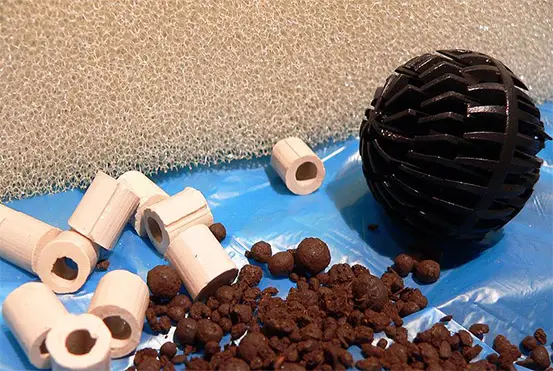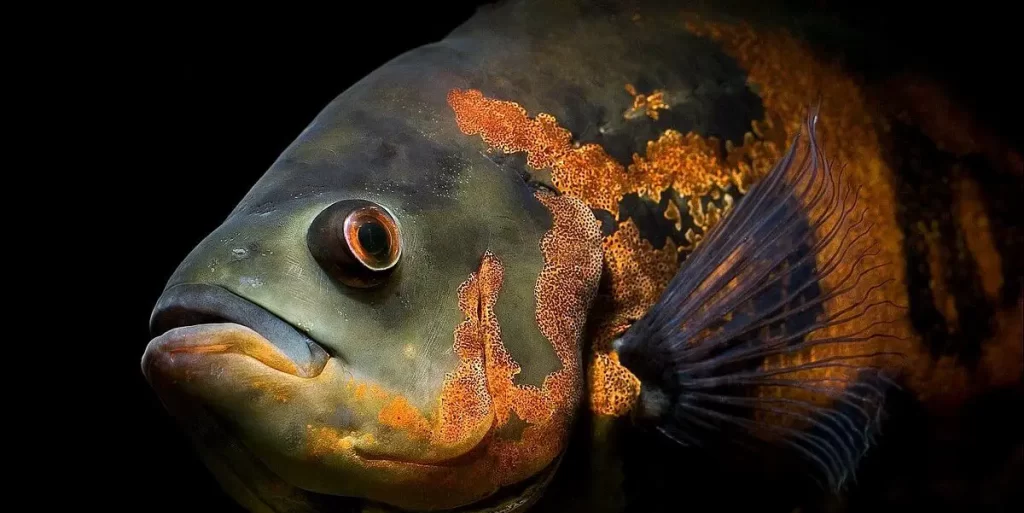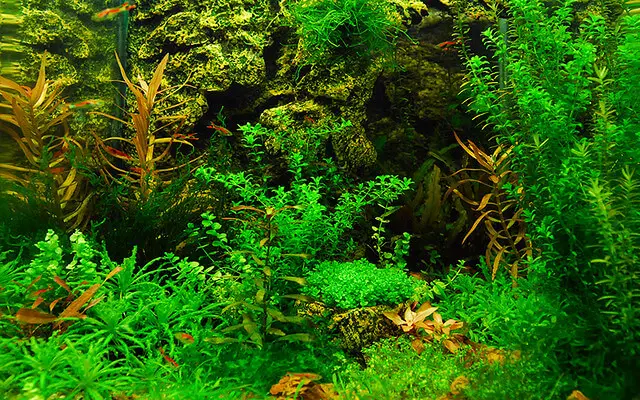If you have an aquarium, then the chances are that you have a filter. If so, then what is the right number of filters for your tank? The answer to this question has many different opinions from aquarists around the world. Some say “one and done,” while others tell you it needs two or more filters in the aquarium for optimal filtration. So what does science say about this issue?
The answer to how many filters you should use in an aquarium depends largely on the size of the tank. One filter may be enough for smaller tanks, but larger tanks might need two or more filters, depending on their design.
This blog post will discuss when using multiple filters in an aquarium can be beneficial and cause problems. We’ll also cover optimizing biological filtration by providing good bacteria and fish populations with more than one filter!
Can You Use Two Or More Filters In A Fish Tank?
Well, this depends on the size of your aquarium, how many fish you have in it, and what type of filter.
A single small canister or power filter will work for a tank up to 25-30 gallons, but if you want something with more capacity, then two filters should be enough.
If your tank is more significant than 30 gallons, there are some occasions where it may be a good idea to use two filters.
For example, if you have a large tank and can afford the extra cost of running both tanks, this would make sense. Because now your biological filter is always in action even when one filter has run out of bacteria for some reason (this could happen due to an ammonia spike).
Another reason you may want to have two is if the tank is very long or wide, and one filter can’t handle it.
In this case, having a second pump at the other end of the tank could help keep your water clean all over.
I don’t recommend using more than two filters in the aquarium. More than two filters will create a lot of back-pressure, and it could end up not being enough.
What is Redundant Filtration?
Redundant filtration happens when an aquarist has more than one filter on their aquarium. The two filters work together redundantly. The second filter provides added layers of protection against “foreign” elements such as nitrates or phosphates that may be introduced to your tank.
Redundant filtration means that we have two different types of filters to provide more efficient results. This would allow for a backup system; the other filter could take over if one filter was broken or running low on bacteria.
Why Shouldn’t I Use Two Filters In My Aquarium?
Adding a second filter to your aquarium is not a bad idea. However, you would want to be careful about placement and what types of filtration each canister offers. Using two filters with similar functions (e.g., mechanical) may compete for the same space.
Using two filters may be excessive and create unnecessary back-pressure, leading to possible leaks in your tank or filter equipment failure. Another reason is that if you have one of the best-rated aquarium filters, then using a second (possibly inferior) filter may not be needed.
Beneficial Bacteria and Biological Filtration
The primary function of your aquarium is to provide a habitable environment for the fish, plants, bacteria, and other microscopic organisms that are in it. This process is called biological filtration or nitrification (more on this later). A beneficial side effect of this process is the production of beneficial bacteria in the aquarium filter media, which helps break down ammonia to nitrite and then nitrate.
Many aquarists believe that using more than one filter will cause harmful bacteria to build up. This is because some people think the filters are redundant, meaning they do the same thing. However, this couldn’t be farther from the truth! Filters can often differ in their design or media, which can lead to different bacteria growing.
What are the Right Levels of Aquarium Filtration?
The correct levels of aquarium filtration depend on how many fish you have in your tank, what type of filter you have, and tank size.
A single small canister or power filter will work for a tank up to 25-30 gallons, but if you want something with more capacity, then two filters should be enough. If your tank is more significant than 30 gallons, there may be occasions where it’s beneficial to use two filters.
If you have a tank under 30 gallons or with just one filter running at low speed (less than half), then there’s no need for more filtration.
For tanks over 30 gallons, you should have a filter running at least half-speed and ideal for the tank size.
Can I Increase Fish Population With Two Filters In The Aquarium?
No, adding more filters won’t help increase your fish population because they will only give off ammonia in amounts proportional to their capacity.
You can’t increase the fish population because you are only doing more work, and it won’t do anything.
Filter Location: Where Should I Keep Two Filters In An Aquarium?
One of the main factors to consider when setting up your aquarium is which direction you want your fish to go. There are two main directions that most people go in, pumps and gravity feed.
Both directions have pros and cons, and you should really consider what kind of filter you’re going to be using. For example, if you plan on using a power filter, then a pump is the best way for the water to get from point A to point B.
However, if you plan to use an internal or hidden filter, it can be challenging for the water to get through the other filters stuck inside it.
Keep in mind where your filters are located before deciding if they need to be stacked or side-by-side.
The filter placement is crucial in an aquarium and should be carefully considered before putting it in a specific spot.
It’s also worth noting that I don’t recommend using two filters with this tank because they will create an excess amount of nitrates since there are no ways to get rid of them.
Can I Put Two Filters Together In The Aquarium?
The answer is YES. Most of the time, you can install each filter in a separate location; and add more filters in multiple locations. This will depend on your tank size or style. You don’t have to ask what number/kind of filters are necessary for your aquarium – it depends on the type of filtration you want.
How Close Should These Two Filters Be To Each Other?
If you are using a canister filter in the middle of your tank, then it is best to put your second filter right next to it. If you have multiple water exchanges per hour or do heavy fish feeding (or both) and want to avoid sucking up extra food from the bottom of the aquarium, then having two filters on different sides of the tank is best.
You need to place filters that you use for biological and chemical filtration in close proximity to each other, whereas mechanical filters (e.g., sponge or foam) do not need to be near each other at all.
Can I Get Different Types of Filters?
You can use different types of filters in your aquarium. But that doesn’t mean they have to be the same type. They can all work together in harmony and still provide excellent filtration for your fish tank!
Should I Get the Same Kind of Filters?
It’s not a bad idea to use similar filters in your aquarium, but it isn’t necessary. If you get the same type of filter (e.g., two canisters), you should place them at different points and have opposite functions, so they don’t overlap too much.
Conclusion
In conclusion, if you have a tank over 30 gallons, I recommend using one filter rated for the size of your aquarium – ideally running at least half-speed.
When deciding where to place these filters in an aquarium, it’s essential to consider whether or not they will be stacking and in which direction they are flowing. It also makes a difference what type of filter you’re using.






